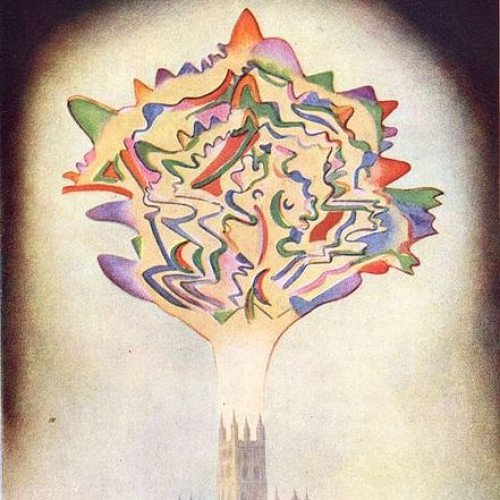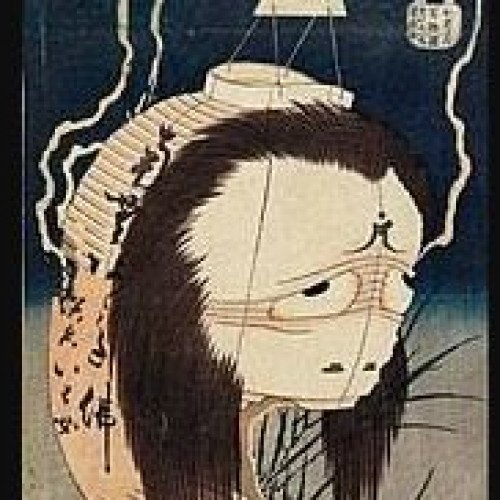Vote on Mythical creatures: Tulpa vs Tsukumogami

Tulpa
Tulpa is a concept in mysticism and the paranormal of a being or object which is created through spiritual or mental powers. It was adapted by 20th-century theosophists from Tibetan sprul-pa (Tibetan: སྤྲུལ་པ་, Wylie: sprulpa) which means "emanation" or "manifestation". Modern practitioners use the term to refer to a type of willed imaginary friend which practitioners consider to be sentient and relatively autonomous.
Statistics for this Xoptio

Tsukumogami
In Japanese folklore, tsukumogami (付喪神 or つくも神,[note 1][1] lit. "tool kami") are tools that have acquired a kami or spirit.[2] According to an annotated version of The Tales of Ise titled Ise Monogatari Shō, there is a theory originally from the Onmyōki (陰陽記) that foxes and tanuki, among other beings, that have lived for at a hundred years and changed forms are considered tsukumogami.[3] In modern times, the term can also be written 九十九神 (literally ninety-nine kami), to emphasize the agedness.[4] According to Komatsu Kazuhiko, the idea of a tsukumogami or a yōkai of tools spread mostly in the Japanese Middle Ages and declined in more recent generations. Komatsu infers that despite the depictions in Bakumatsu period ukiyo-e art leading to a resurfacing of the idea, these were all produced in an era cut off from any actual belief in the idea of tsukumogami.[5] Because the term has been applied to several different concepts in Japanese folklore, there remains some confusion as to what the term actually means.[6][7] Today, the term is generally understood to be applied to virtually any object "that has reached its 100th birthday and thus become alive and self-aware",[citation needed] though this definition is not without controversy.